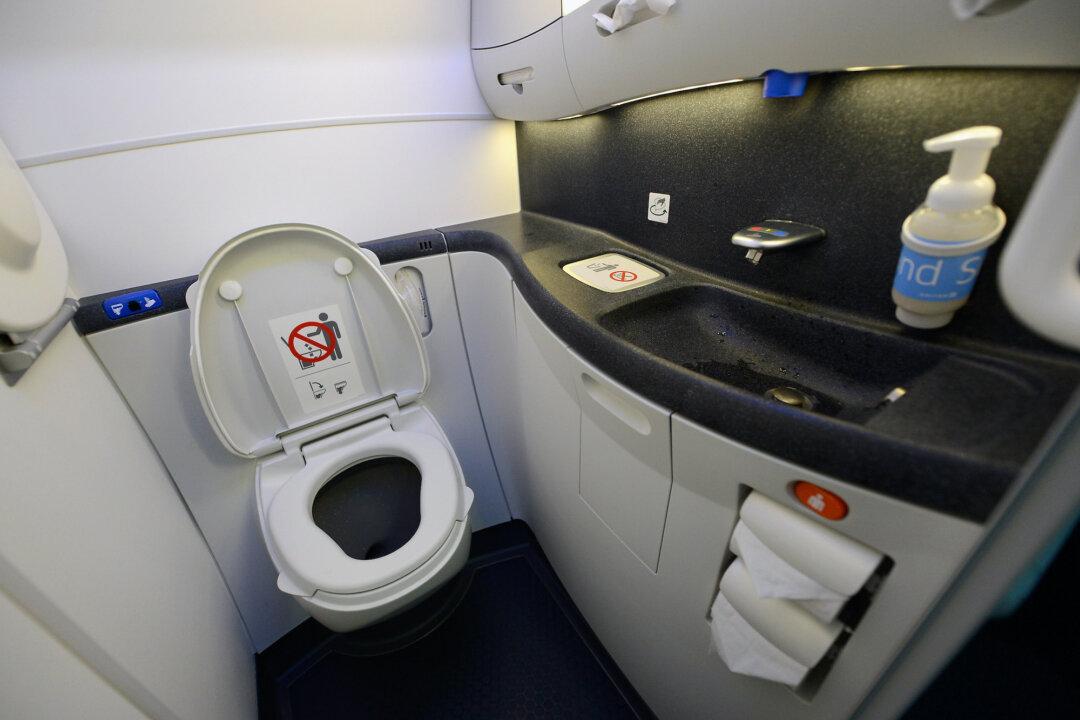The U.S. Department of Transportation (DOT) announced a new final rule on Wednesday aimed at enhancing lavatory accessibility for passengers with disabilities on single-aisle aircraft.
The rule, which amends the Air Carrier Access Act (ACAA) regulation, is designed to promote the safety and inclusivity of the air transportation system for individuals with disabilities, and those who may need accessibility options in lavatories.





